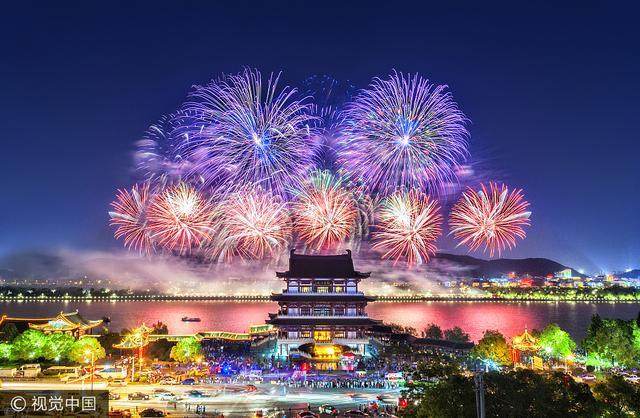
On October 1st and 4th, there were two fireworks displays in Orange Island, Changsha, which were the last two fireworks displays in Orange Island this year. This activity originally came from the weekend fireworks in Orange Island. Since August 28th, 2010, there will be gorgeous fireworks over Orange Island every Saturday night. These fireworks and discharge technologies are provided by companies in Liuyang, Hunan, the hometown of fireworks in China. (Text /AI Finance and Economics Intern Jiang Wenhua, Editor/Yang Shufang)
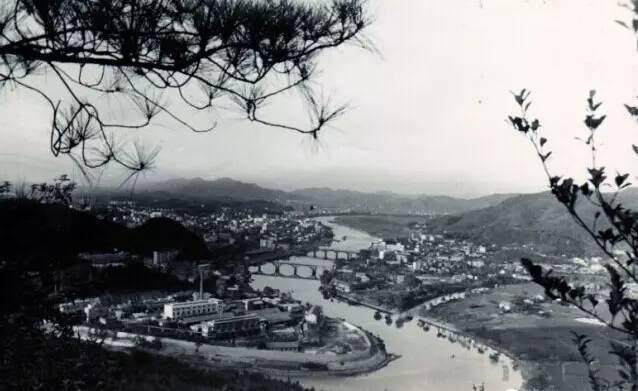
Liuyang is located on the border of Hunan and Jiangxi, in the northeast of Hunan Province, and is managed by Changsha City. In 2016, Liuyang achieved a GDP of 121.82 billion yuan, and the county economy and basic competitiveness jumped to the 19th place among the top 100 counties in China. When it comes to Liuyang, most people will think of the lyrics in Liuyang River: "Liuyang River, which bends through nine bends, reaches Xiangjiang River by 50-mile waterway"; Some people will think that this is the hometown of Tan Sitong and Wang Zhen; Others remembered that the words "Liuyang Fireworks" were printed on the fireworks wrapping paper bought during the Spring Festival.
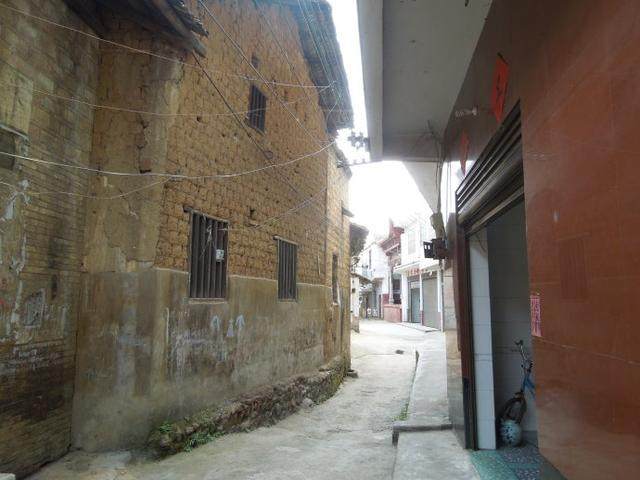
Mashi Old Street in Mashi Village is the dividing line between Jiangxi Province and Hunan Province. One side of the street belongs to Jiangxi Province and the other side is Hunan Province. The history of fireworks in Liuyang can be traced back to the Tang Dynasty. In the fourth year of Tang Wude (AD 621), Li Yi, the founder of fireworks, was born in Mashi Village at the border of Hunan and Jiangxi. This village belongs to Fuli Town, Liling City, Hunan Province, with Shangli County, Pingxiang City, Jiangxi Province in the east and Jingang Town, Liuyang City in the north. Due to disasters and epidemics for years, Li Yi filled a small bamboo tube with nitrate, led it to ignite, and dispersed the miasma in Shan Lan with smoke, thus reducing the epidemic of plague. Soon, firecrackers filled with small bamboo tubes became popular.
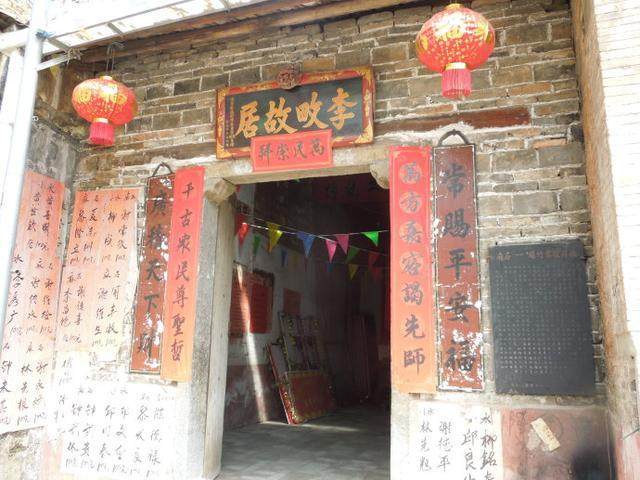
Later, Li Yi passed on the firecracker production technology to his neighbors, so that they could get rid of the dilemma of "relying on the weather to eat". Because of this, Li Yi was regarded as the founder of fireworks. In the third year of Hongwu in Ming Taizu (AD 1370), the local people designated Li Yi’s birthday and April 18th of the lunar calendar as the Fireworks Festival. At present, the main producing areas of fireworks, such as Liuyang and Liling in Hunan, Shangli and Wanzai in Jiangxi, have all built Li’s ancestral temples.
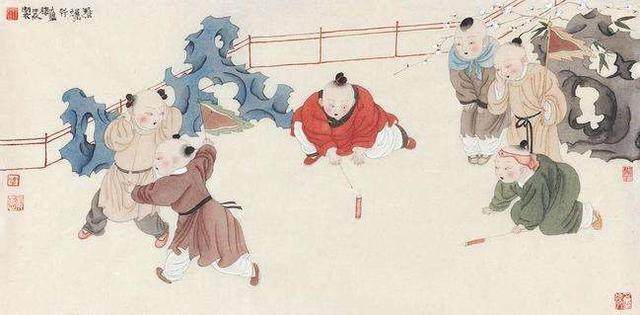
During the Sui and Tang Dynasties, fireworks for entertainment appeared and became popular. Emperor Yangdi of Sui Dynasty has a poem: "There are thousands of lights on the trees, and seven flowers bloom." In the Song Dynasty, there was Xin Qiji’s "Thousands of trees bloom in the east wind night, and the stars are like rain". Liuyang, adjacent to Li Yi’s hometown, the production of fireworks reached its peak in the Northern Song Dynasty. During the Qing Dynasty, Liuyang fireworks became a tribute to the capital, and they were exported to East Asia, South Asia, Europe and America from 1875.

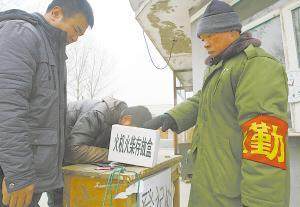
In 1980s and 1990s, with the re-recognition of the private economy, large and small fireworks factories began to spread in every corner of Liuyang. Most of these fireworks factories are family-based, and the workshops are just a few earth houses. Outside the earth house, there is a metal ball standing. Everyone needs to hold the metal ball to eliminate static electricity before entering the fireworks factory. In addition, no matter who wears clothes that are easy to generate static electricity, it is forbidden to enter.
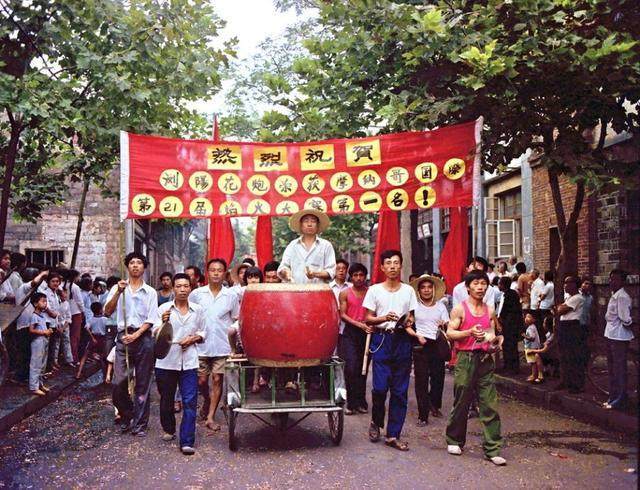
1986年,浏阳花炮在摩纳哥第21届国际焰火大赛中获得金奖。这也是中国首次在国际烟花节上获得大奖。九十年代,伴随着浏阳撤县建市,花炮出口创税总额达到全市90%以上。1995年,浏阳市被国家授予“中国烟花之乡”称号。但烟花之乡一直存在散、乱、差、科技含量低等问题。此外,爆炸事故也时有发生。1998年,浏阳推进花炮产业升级,取缔了近万家非法生产的手工作坊,并制订花炮企业强制性安全生产标准。
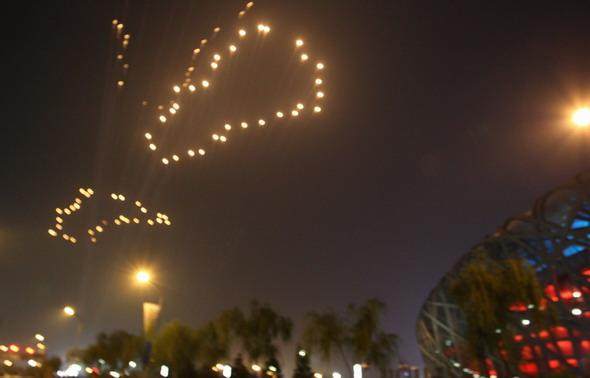
到了2002年,浏阳烟花进入南美市场。六年后(2008年),浏阳获得北京奥运会开闭幕式焰火燃放权。在20多分钟时间里,共有12万发礼花绽放,浏阳烟花占到了整个燃放量的70%左右。奥运会开幕式的焰火表演上,由浏阳制造的29个特效烟花“脚印”,沿着北京的中轴线,从永定门、前门、天安门、故宫、鼓楼一步步走向奥运会主会场,代表奥运会从发源地雅典一步一步走到中国。
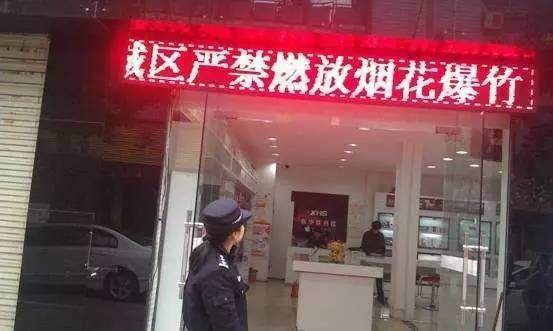
In 2010, Liuyang Fireworks Industry Cluster achieved an output value of 12.46 billion yuan and a tax revenue of 972 million yuan. In 2016, Liuyang Fireworks have been exported to more than 100 countries and regions, with a total export volume of 2.76 billion yuan, accounting for 60% of the total national export volume. However, with people paying more and more attention to environmental protection in recent years, many cities have successively issued "prohibition orders" for fireworks. Hunan plans to reduce more than 1,000 fireworks enterprises in 2017. Among them, only Liuyang will be reduced by more than 100.
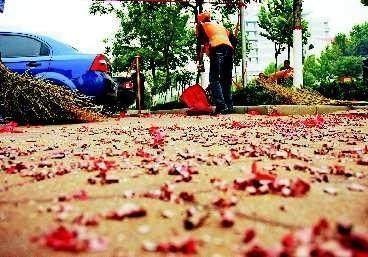
Fireworks enterprises in Liuyang are divided into one, two and three categories. One type of enterprises can enjoy generous policy and financial support, followed by the second type, and the third type will be included in the key supervision and rectification targets. Many enterprises rebuild their factories, but they don’t "upgrade" easily, because upgrading means more investment, and some family enterprises are often overwhelmed. The new situation makes the future of Liuyang fireworks enterprises full of uncertainty. Just like the fireworks in Orange Island, considering the environment and other factors, the number of fireworks is decreasing year by year. How many times can it be set off next year is still unknown.
Reporting/feedback